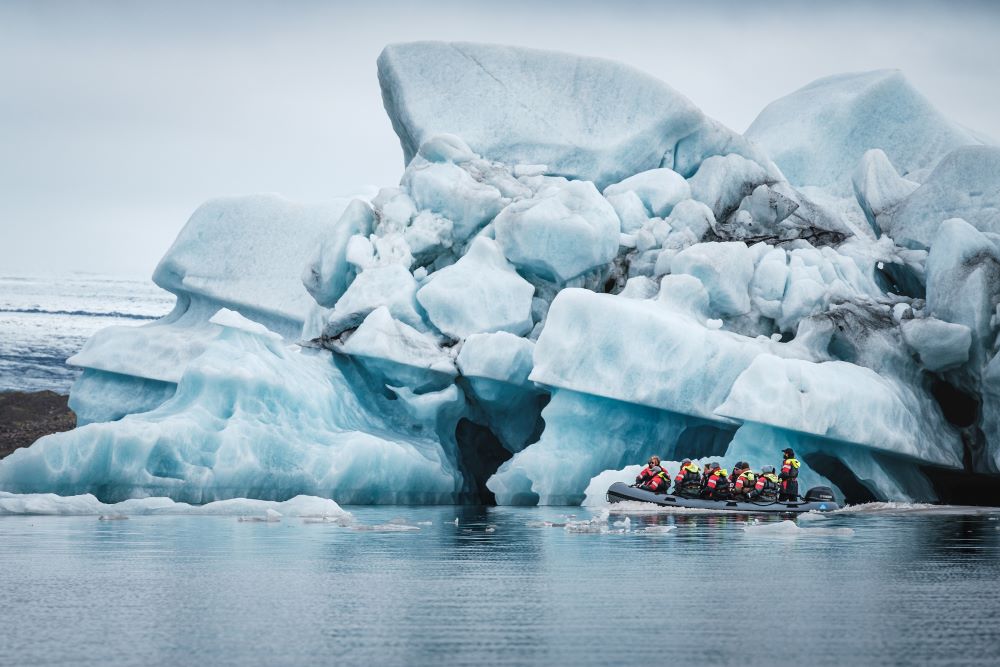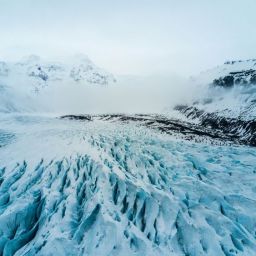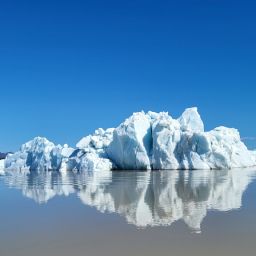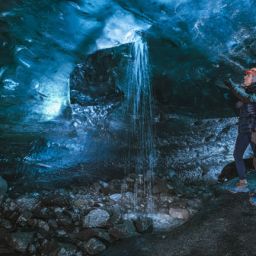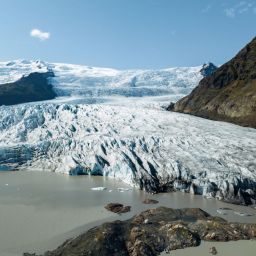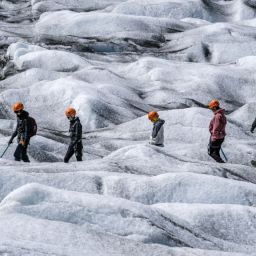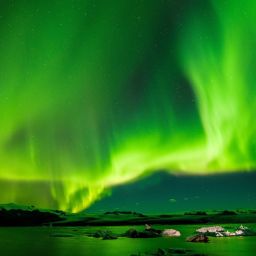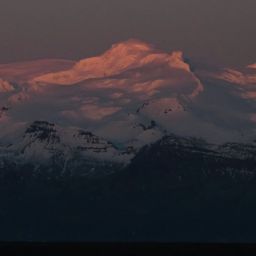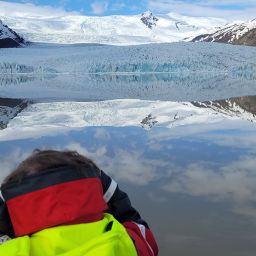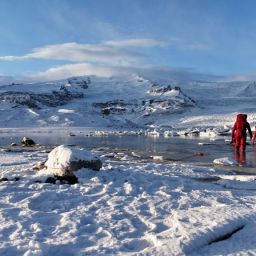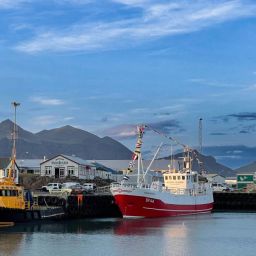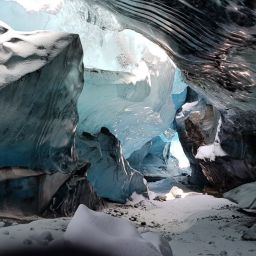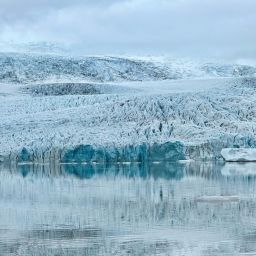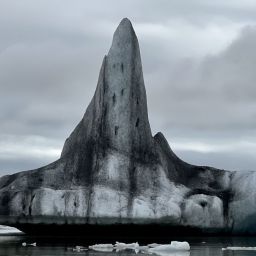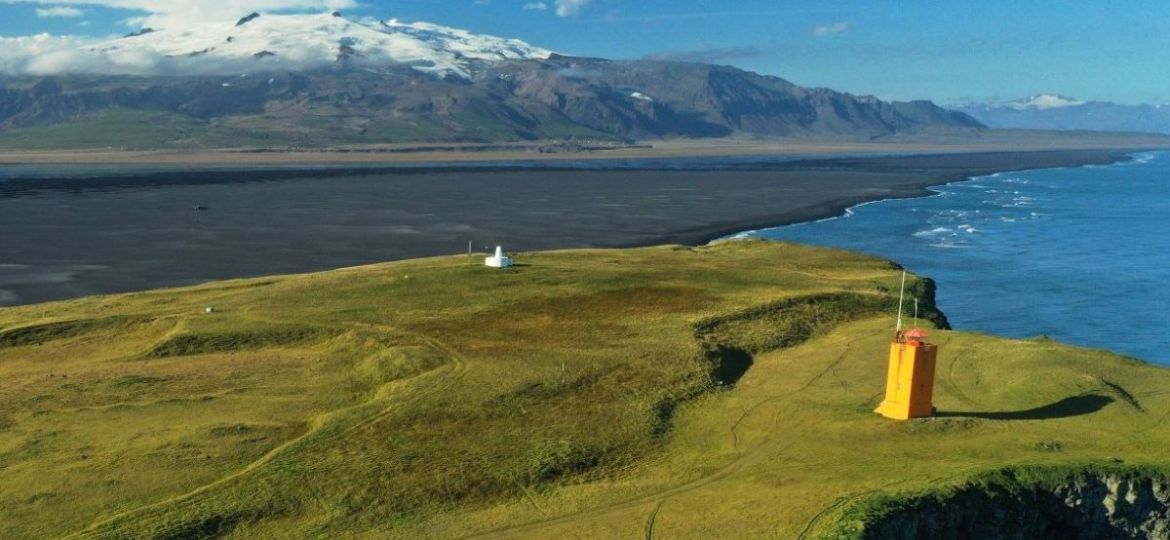
Not far from Fjallsárlón glacier lagoon you will find a cape called Ingólfshöfði (photo above). It is named after the first settler of Iceland Ingólfur Arnarson. Ingólfur arrived on his ship to Iceland and his first landing spot was in Ingólfshöfði in 874 AD where he spent his first winter in Iceland. Ingólfur made his settlement in the end in Reykjavík, which is now the capital of Iceland, but his first landing spot carries his name.
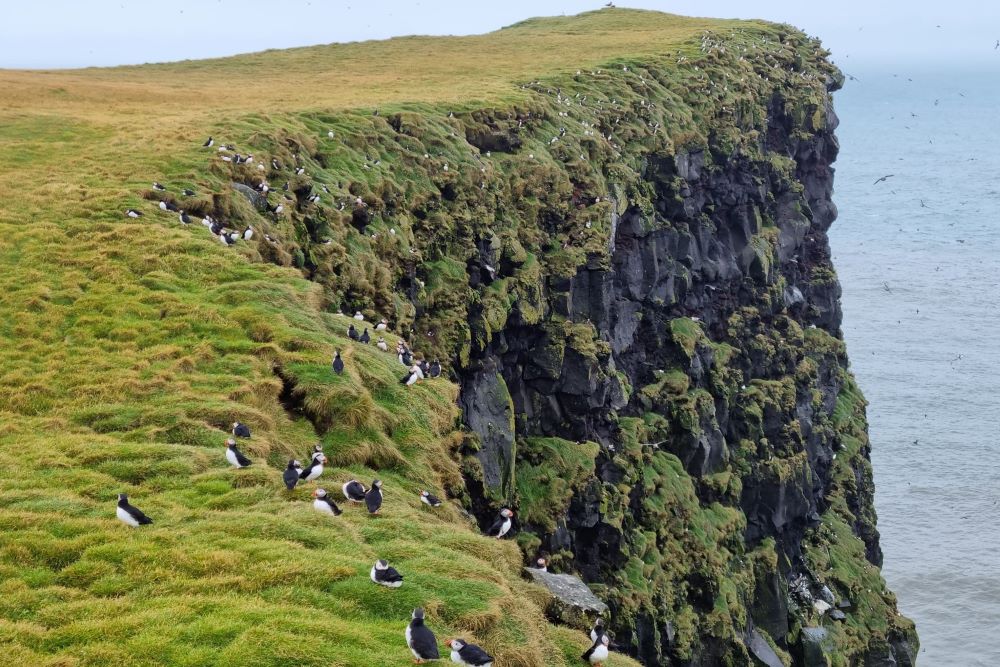
Thousands of Seabirds Nest at Ingólfshöfði Cape
Ingólfshöfði cape is icolated and surrounded by black sands from every side except the south side where you have the Atlantic ocean. For centuries Ingólfshöfði was an important source of food for habitants as they were able to hunt and collect eggs for the local community. In the cliffs facing the Atlantic Ocean you have various birds nesting during summer, the great skua, but also puffins, kittiwake, black-legged and northern fulmar. The puffin would be hunted every year with lundaháfur, a long light pole with net on the end to catch the puffins.
Every year after a long hard winter it was a great addition for food supply to collect eggs from the common murre bird. Early April was the perfect season for gathering eggs as if was done at the right time the bird would quickly lay eggs again. The bird species were therefore not affected by this tradition.
Eggs were a vital source of nutrition for habitants
The cliffs of Ingólfshöfði are not easily accessible for egg hunters. The bird picks this location to lay their eggs for a reason as it is safe from the arctic fox and other land mammals. When the time is right for the young birds to leave the nest, they quickly plunge off the cliffs into the sea. As life was very tough in the past people would go to great lengths and put them self in danger to get these eggs to be able to feed their families.
Not far from Ingólfshöfði you have the Jökulsárlón glacier lagoon and the Jökulsá river was as well in the past a very dangerous barrier for travel.
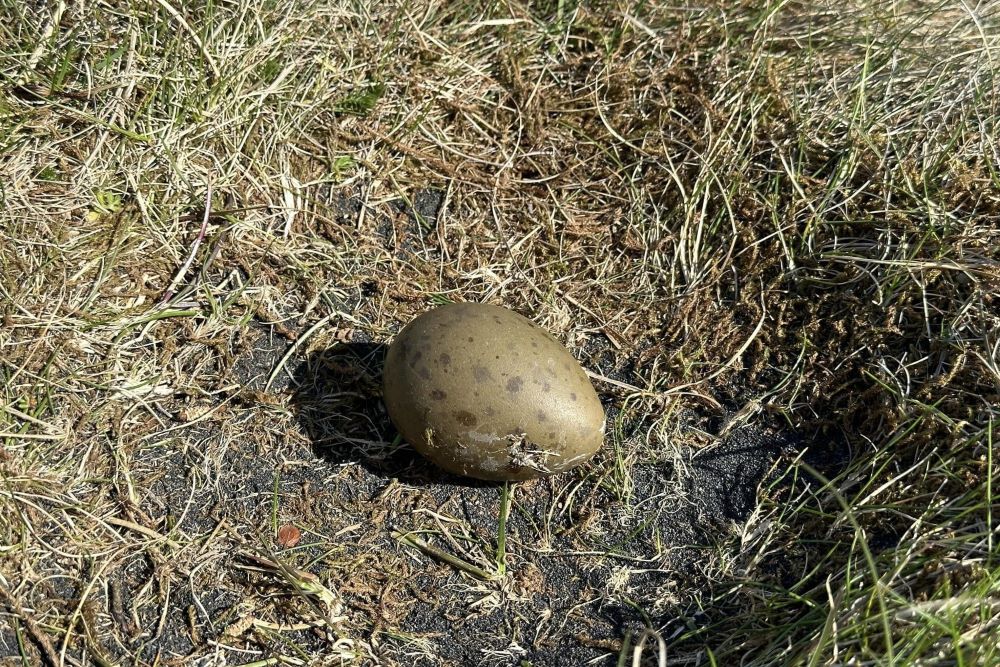
The legend says that that a spell was put on Jökulsá river and Ingólfshöfði cape – That those places would call on each other by taking the lives of people until both had collected 21 lives. People would say when news broke out of someone drowning in Jökulsá river, Ingólfshöfði would soon answer, and someone would get killed climbing the cliffs of Ingólfshöfði. This legend went on for decades. A farmer from Kvísker farm once managed to gather information on accidents in both places, finding out that Ingólfshöfði cape had taken 19 lives and Jökulsá river the same.
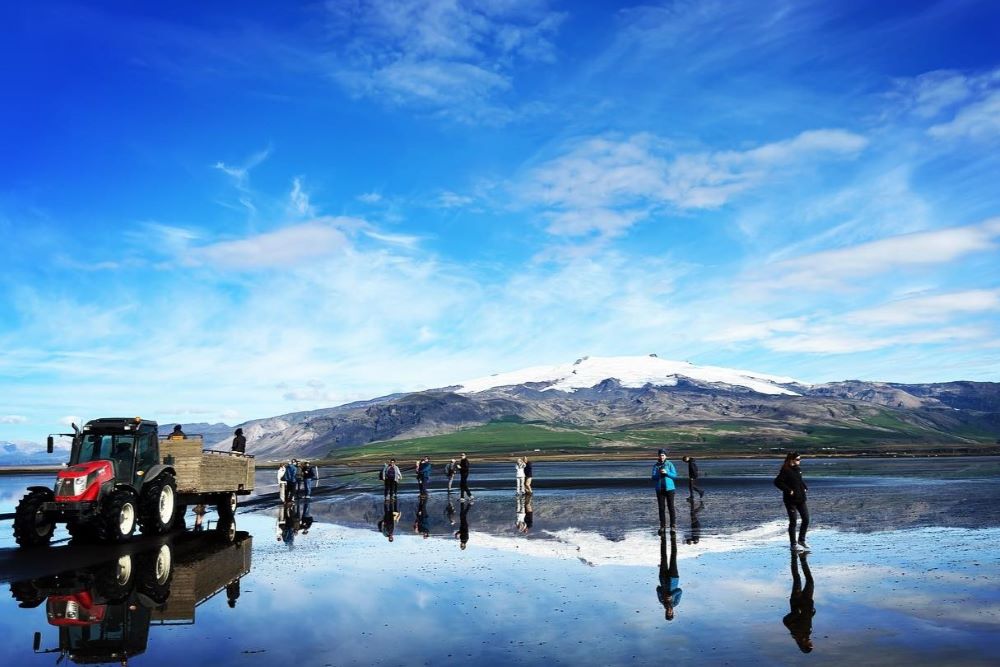
You need to join a tour to access Ingólfshöfði
Today Jökulsá river has a bridge, and that area is now more known for the beauty of Jökulsárlón Glacier lagoon and the Diamond Beach where the icebergs lay in the black sands like jewelry. Ingólfshöfði is now known more for its bird watching tours, especially the puffin tour (see photo above).
Fjallsarlon Glacier Lagoon
In the middle between these two places, Ingólfshöfði cape and Jökulsárlón glacier lagoon you have a hidden gem not to be missed called Fjallsárlón lagoon. At Fjallsárlón glacier lagoon you can join zodiac boat tours, glacier hikes and during winter you can join an ice cave tour. At Fjallsárlón you will also find Frost restaurant that is open from 10:00-16:00 every day offering buffet-style food and snacks.
